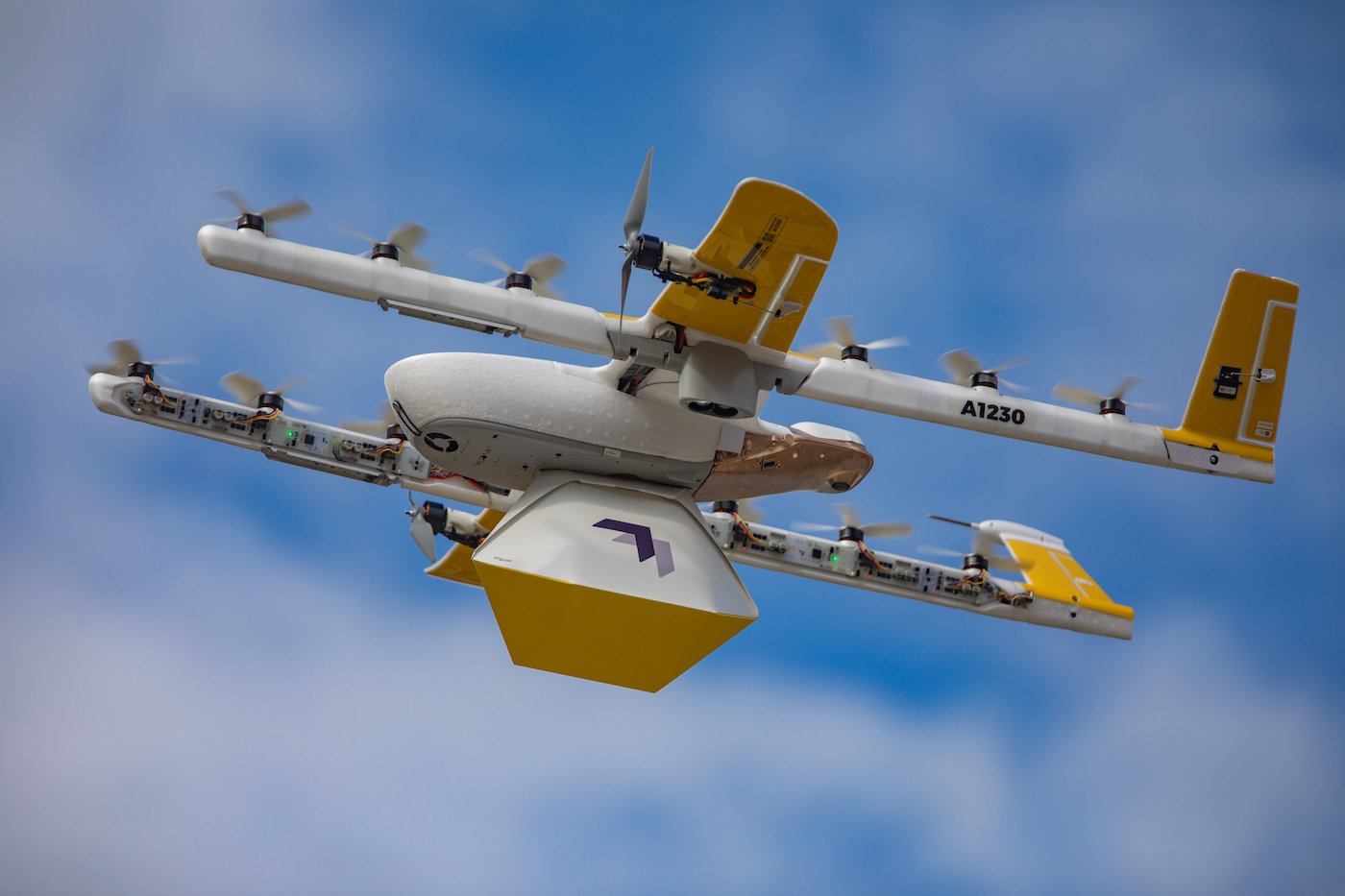Click Here to View This Page on Production Frontend
Click Here to Export Node Content
Click Here to View Printer-Friendly Version (Raw Backend)
Note: front-end display has links to styled print versions.
Content Node ID: 418831
The FAA has issued new rules requiring the remote identification (Remote ID) of unmanned aircraft and permitting small drones to be flown over people and at night under specified conditions. The December 28 announcement followed a lengthy consultation process, and the new rules are viewed as a significant precedent for how U.S. regulators may treat autonomous operations by larger aircraft.
The Remote ID rule mainly applies to all operators of drones that require FAA registration and weighing more than 0.55 pounds. Operators will be able to comply with it in any of the following three ways: broadcast identification and location information of the drone and its control station; use a Remote ID broadcast module, which can be a separate device attached to the drone, that broadcasts identification, location, and takeoff information; or operate without Remote ID but only in specific FAA-recognized identification areas.
Meanwhile, the rule allowing operations over people and at night applies to Part 107 operators of drones weighing less than 55 pounds. The newly permitted flights have to meet the requirements of one of four new operational categories. The first three are based on the risk of injury to people on the ground, while the fourth category is conditional on the aircraft having an airworthiness certificate. Flights over open-air assemblies are not allowed unless the operator meets Remote ID requirements.
“The new rules make way for the further integration of drones into our airspace by addressing safety and security concerns,” commented FAA Administrator Steve Dickson. “They get us closer to the day when we will more routinely see drone operations such as the delivery of packages.”
Both new rules will go into force 60 days after they are published in the Federal Register. For the Remote ID rule, manufacturers will have 18 months to begin producing drones with the required capability and operators will have an additional year to start using drones with Remote ID. More than 1.7 million drones are now registered in the U.S., and the FAA has issued around 203,000 certificates to remote pilots.
The U.S.-based Association for Unmanned Vehicle Systems International (AUVSI) welcomed the long-anticipated publication of the new rules. “Remote ID will enable more complex UAS [unmanned aerial systems] operations, which will have untold benefits for American society,” said AUVSI president and CEO Brian Wynne. “Operations over people, and at night, are important steps towards enabling the integration of drones into our national airspace.”
